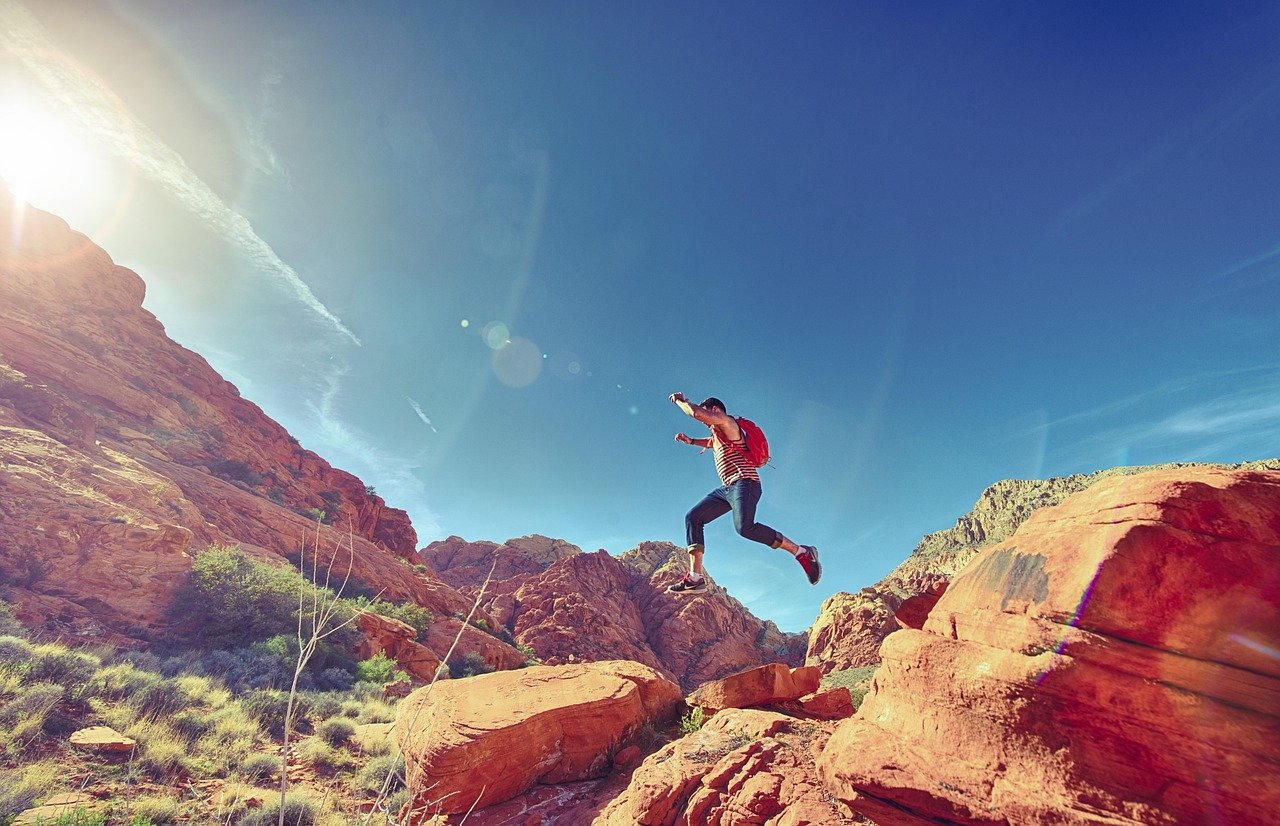Skiing, the exhilarating dance between gravity and technique on snowy slopes, captivates millions worldwide. Whether you’re a seasoned pro carving down black diamonds or a beginner gingerly navigating the bunny hill, the thrill of skiing is undeniable. This guide delves into everything you need to know about this fantastic winter sport, from choosing the right gear to mastering essential techniques and finding the perfect ski destination. So, buckle up, and let’s explore the world of skiing!
Getting Started with Skiing
Essential Ski Equipment
Choosing the right ski equipment is paramount for both safety and enjoyment. Let’s break down the essentials:
- Skis: Selecting skis depends on your skill level and preferred terrain. Beginner skis are typically shorter and softer, making them easier to turn. Intermediate and advanced skiers might opt for longer, stiffer skis for better stability at higher speeds. Consider “all-mountain skis” as a versatile option for various snow conditions. For example, a beginner might start with skis around 150cm in length, while an expert could prefer 180cm or longer.
- Boots: Ski boots are arguably the most crucial piece of equipment. A properly fitted boot provides comfort and control. A professional boot fitter can assess your foot shape and recommend the best boot for your needs. Ensure your toes have a little wiggle room while your heel remains snug to prevent slippage. Boot flex is another important factor – beginners need a softer flex (around 60-70), while experts require a stiffer flex (100+).
- Bindings: Bindings connect your boots to your skis and are designed to release in case of a fall, preventing injuries. Ensure your bindings are properly adjusted by a qualified technician based on your weight, height, age, and skiing ability (known as your DIN setting).
- Poles: Ski poles aid in balance and propulsion. A general rule of thumb is to invert the pole and grip it below the basket – your elbow should be at a 90-degree angle.
- Helmet: Safety first! A helmet is non-negotiable, protecting your head from potential impacts. Choose a helmet that fits snugly and meets safety standards. Replace it after any significant impact.
- Goggles: Goggles protect your eyes from sun, wind, and snow. Choose goggles with good ventilation to prevent fogging. Consider lens tint based on weather conditions – amber or rose tints are excellent for cloudy days, while darker tints are better for bright, sunny conditions.
- Gloves or Mittens: Keep your hands warm and dry with insulated gloves or mittens. Mittens generally provide more warmth.
- Appropriate Clothing: Layering is key! Start with a moisture-wicking base layer, followed by an insulating mid-layer (such as fleece), and a waterproof and windproof outer layer.
Finding Ski Lessons
Ski lessons are highly recommended for beginners and even seasoned skiers looking to refine their technique.
- Group Lessons: A cost-effective option for beginners. You’ll learn the basics alongside other skiers of similar skill levels.
- Private Lessons: Offer personalized instruction and tailored feedback, allowing you to progress at your own pace.
- Specialty Clinics: Focus on specific skills, such as moguls, carving, or off-piste skiing.
- Choosing an Instructor: Look for certified instructors with experience teaching skiers of your level. Don’t hesitate to ask about their qualifications and teaching style. Many resorts offer lesson packages that include lift tickets and equipment rentals.
Mastering Basic Skiing Techniques
The Snowplow (Wedge)
The snowplow is the foundation of skiing, allowing you to control your speed and direction.
- Technique: Angle the tips of your skis inward, forming a “V” shape. The wider the “V”, the slower you’ll go. Apply pressure to the inside edge of each ski to turn.
- Practice: Start on a gentle slope and focus on maintaining balance and control. Gradually increase the angle of your skis to slow down or stop.
- Common Mistakes: Leaning back, stiff legs, and not applying enough pressure to the inside edges of your skis.
Parallel Turns
Once you’ve mastered the snowplow, you can progress to parallel turns.
- Technique: Keep your skis parallel and use your body weight to initiate turns. Lean into the turn, and shift your weight from one ski to the other. Engage your core for stability.
- Practice: Start with gentle slopes and gradually increase the steepness. Focus on maintaining a smooth and controlled rhythm.
- Common Mistakes: Using too much upper body rotation, not engaging your core, and not shifting your weight properly.
Using Ski Lifts Safely
Navigating ski lifts is an essential part of the skiing experience.
- Chairlifts: Pay attention to the lift attendant’s instructions. As the chair approaches, reach back and grab the chair. Sit down and pull the safety bar down. Keep your skis pointed forward and enjoy the ride.
- Gondolas: Simply walk into the gondola and find a seat.
- T-Bars and Poma Lifts: Require more balance and coordination. Position the T-bar or Poma between your legs and hold on tightly. Keep your skis parallel and allow the lift to pull you up the slope.
- Safety Tips: Always pay attention to signage and instructions. Never attempt to jump off a moving lift. If you’re unsure about anything, ask a lift attendant for assistance.
Finding the Perfect Ski Destination
Factors to Consider
Choosing the right ski resort can make or break your skiing experience. Consider these factors:
- Skill Level: Some resorts cater to beginners, while others are better suited for experienced skiers. Look for resorts with a good mix of terrain.
- Snow Conditions: Check the resort’s historical snowfall data and current snow report to ensure good conditions.
- Budget: Skiing can be an expensive sport. Consider lift ticket prices, accommodation costs, and food expenses.
- Amenities: Look for resorts with ski schools, equipment rentals, restaurants, and other amenities that meet your needs.
- Location: Consider the proximity of the resort to your home or other destinations.
Popular Ski Resorts
Here are a few examples of popular ski resorts around the world:
- Vail, Colorado, USA: Known for its vast terrain and luxurious amenities.
- Whistler Blackcomb, British Columbia, Canada: One of the largest ski resorts in North America, offering a wide variety of terrain.
- Zermatt, Switzerland: Famous for its stunning views of the Matterhorn and challenging slopes.
- Niseko, Japan: Renowned for its abundant powder snow.
- Aspen Snowmass, Colorado, USA: Four separate mountains providing a variety of terrain for all skill levels.
Skiing Safety and Etiquette
Staying Safe on the Slopes
Skiing can be a dangerous sport if safety precautions are not taken.
- Ski in Control: Always ski within your abilities.
- Be Aware of Your Surroundings: Pay attention to other skiers and obstacles.
- Obey Signage: Follow all posted signs and warnings.
- Know the Skier’s Responsibility Code: A set of guidelines designed to promote safe skiing practices. It can vary slightly from resort to resort.
- Warm-up: Stretch your muscles before hitting the slopes to prevent injuries.
- Stay Hydrated: Drink plenty of water throughout the day.
- Avoid Alcohol and Drugs: These can impair your judgment and coordination.
- Sun Protection: Wear sunscreen, lip balm, and sunglasses or goggles to protect yourself from the sun.
Skiing Etiquette
Being courteous to other skiers is essential for a positive experience.
- Yield to Downhill Skiers: Skiers below you have the right-of-way.
- Look Uphill Before Starting Downhill: Ensure that the slope is clear before you begin skiing.
- Merge Safely: When entering a trail, merge carefully and yield to other skiers.
- Do Not Stop in Blind Spots: If you need to stop, move to the side of the trail.
- Respect the Environment: Dispose of trash properly and stay on designated trails.
- Report Accidents: If you witness an accident, report it to ski patrol.
Conclusion
Skiing is a rewarding sport that offers both physical and mental benefits. From the breathtaking scenery to the adrenaline rush of carving down a mountain, the experience is truly unforgettable. By following the guidelines outlined in this guide, you can prepare for your first skiing adventure, refine your technique, and most importantly, stay safe on the slopes. So grab your gear, hit the slopes, and enjoy the thrill of skiing!



